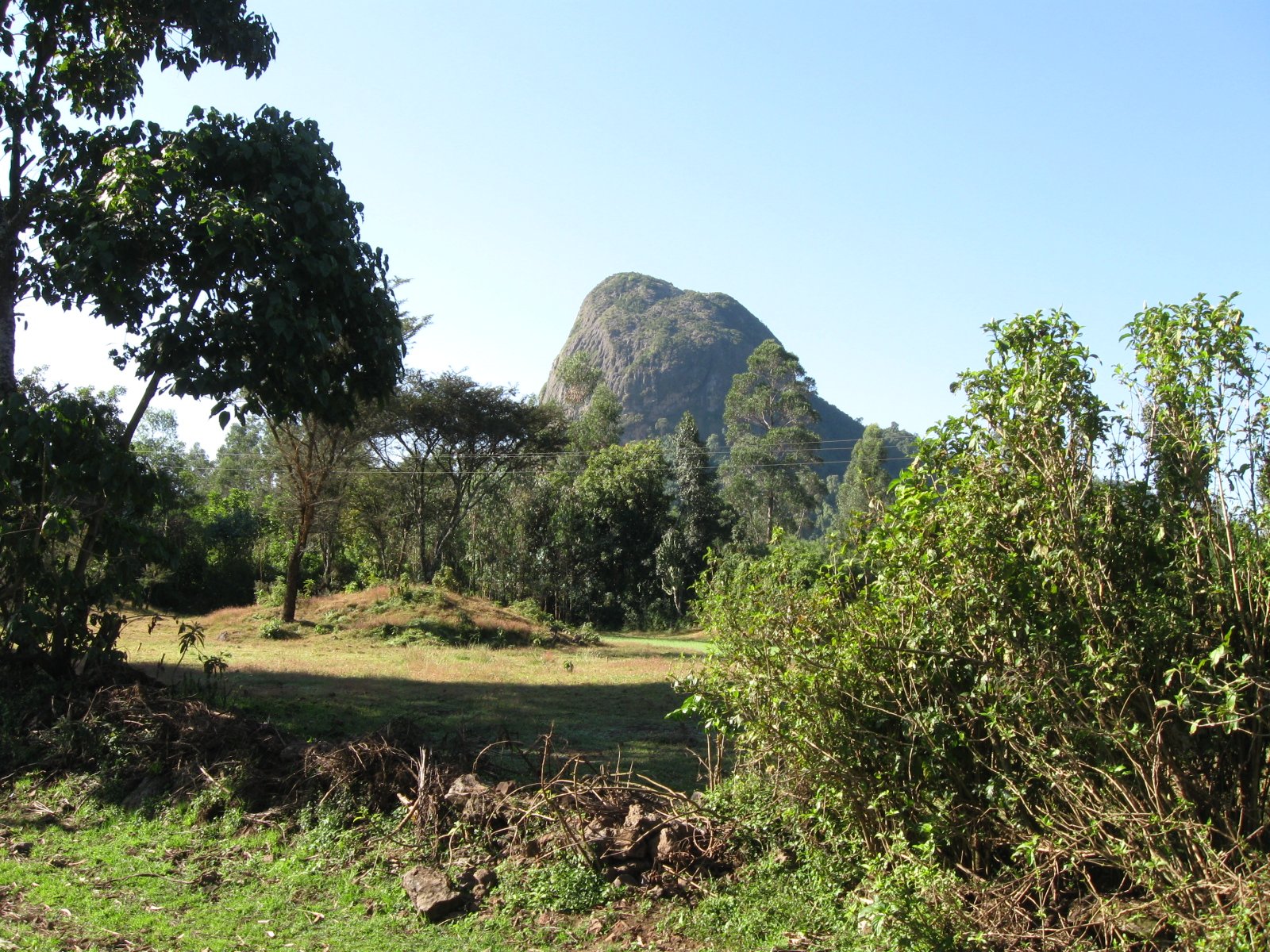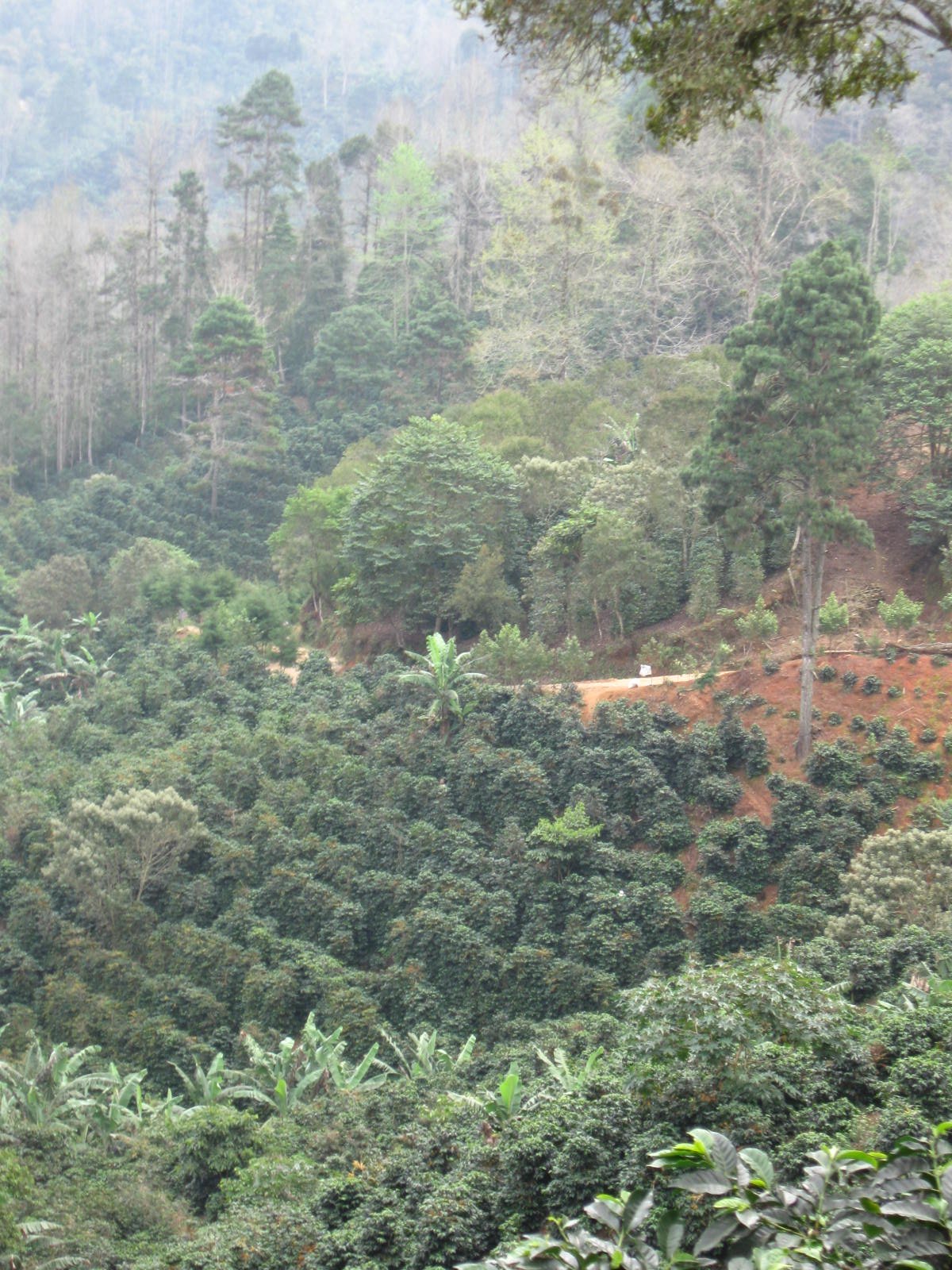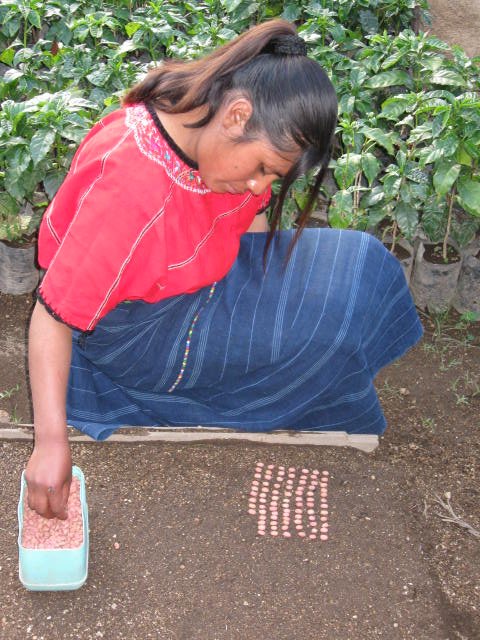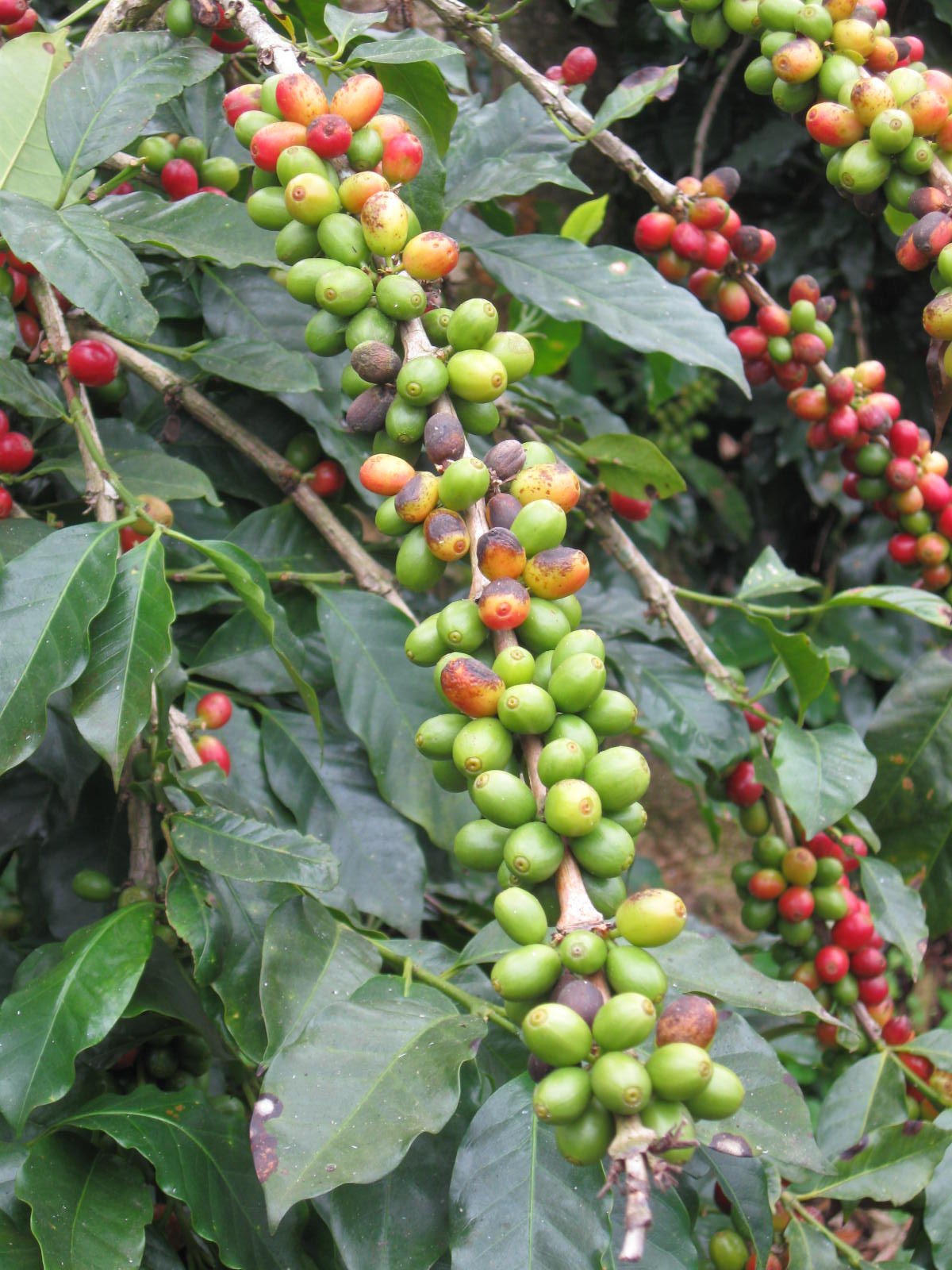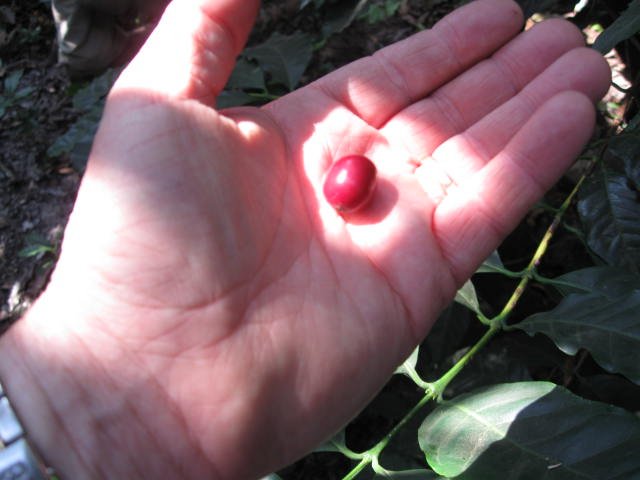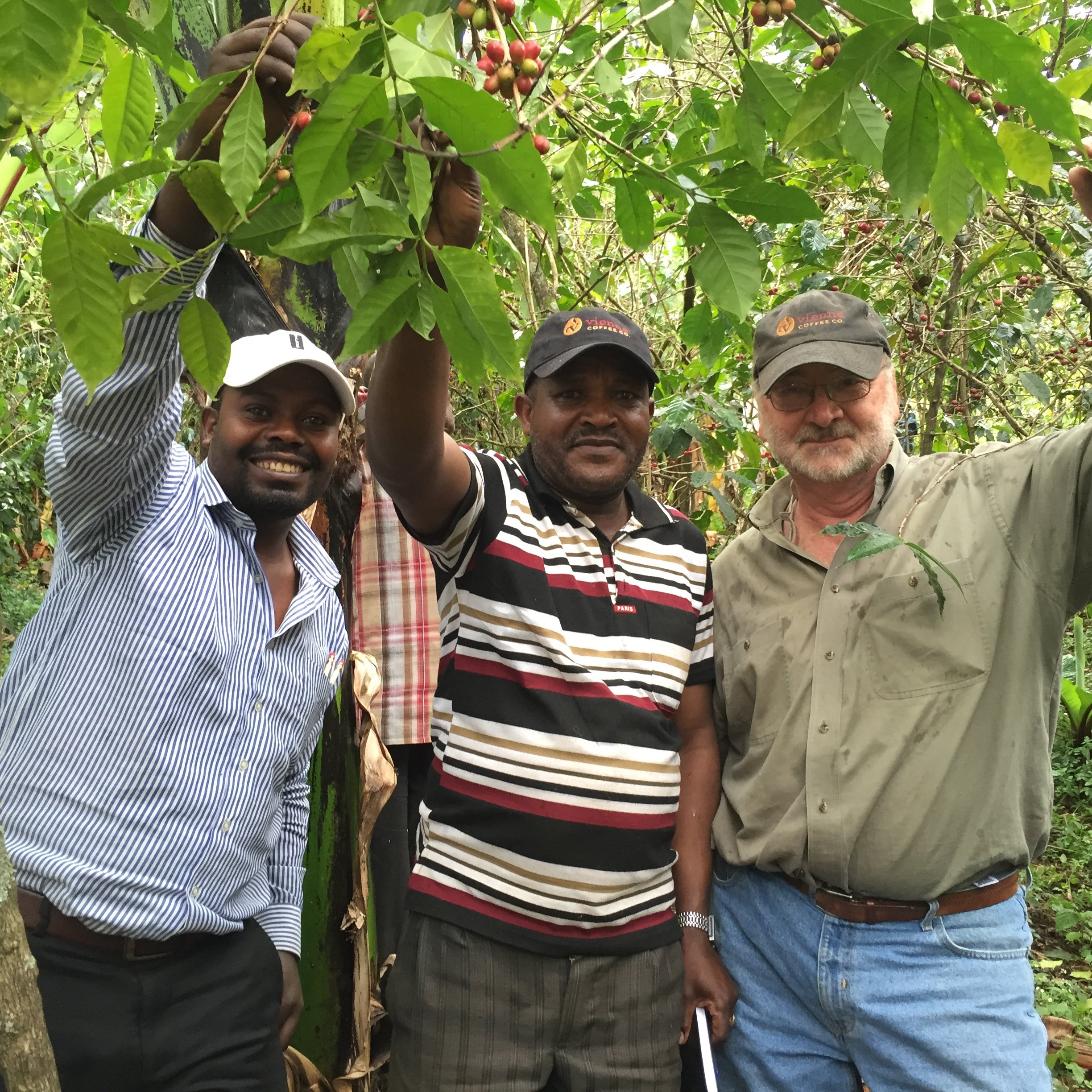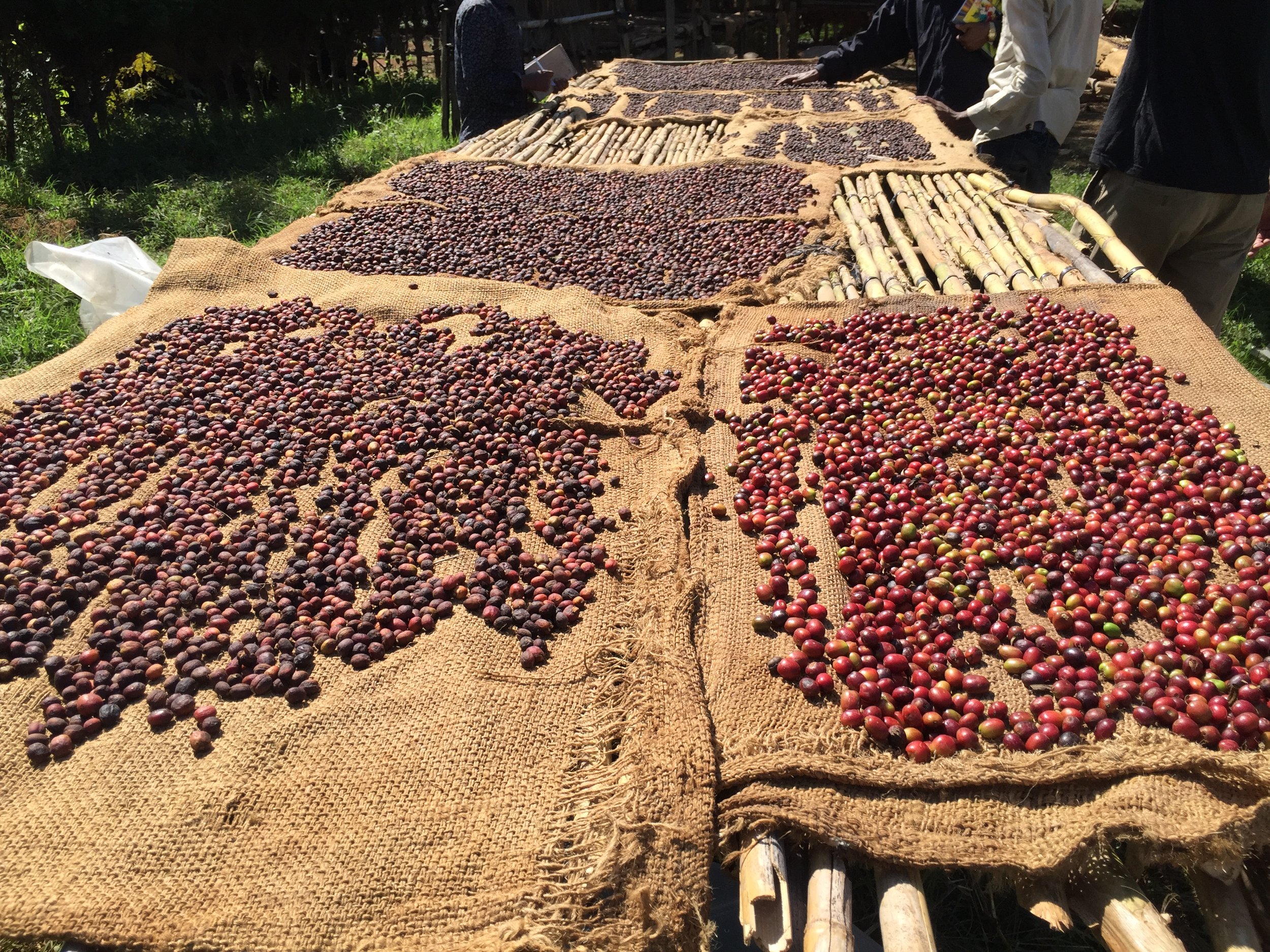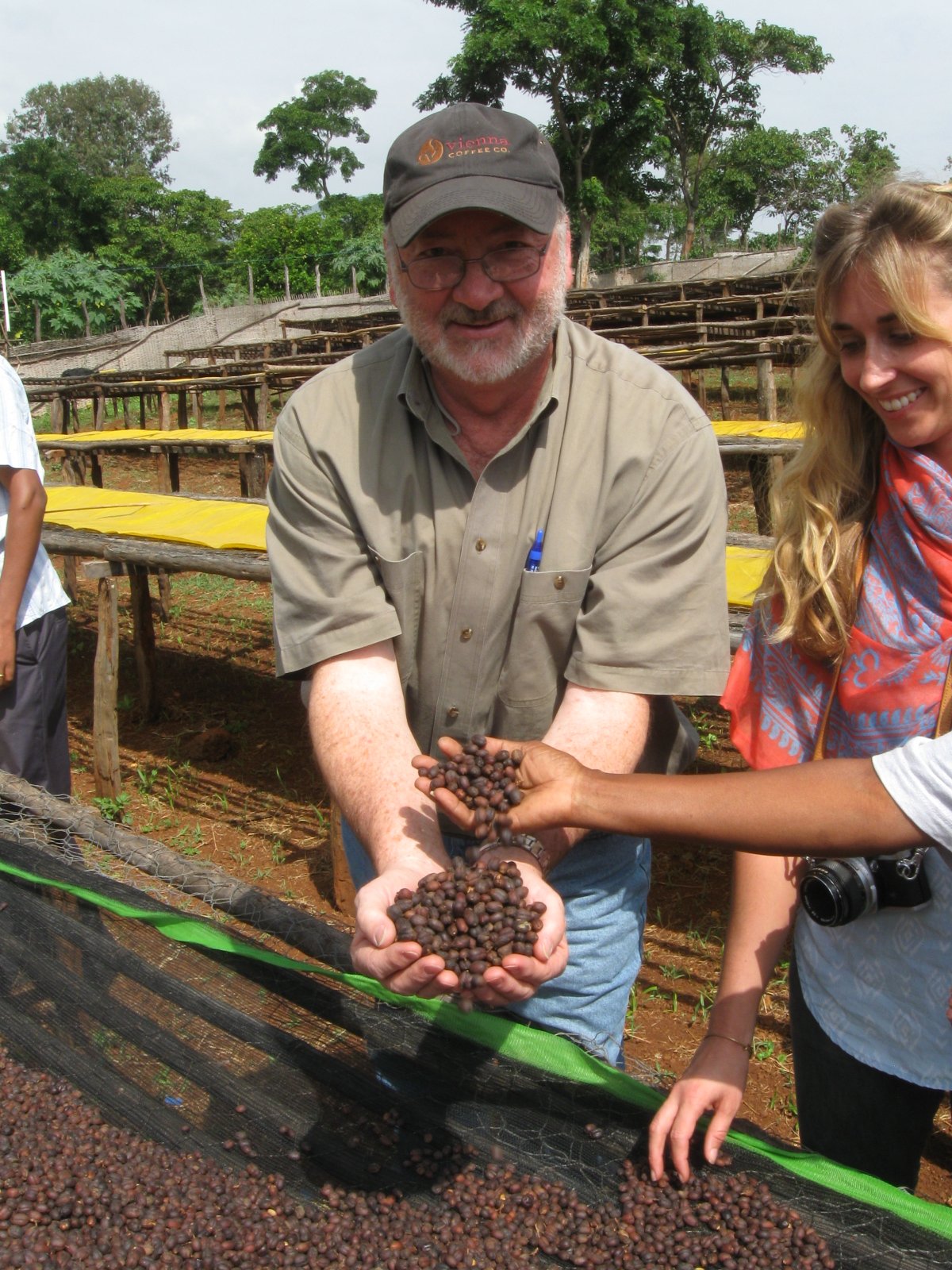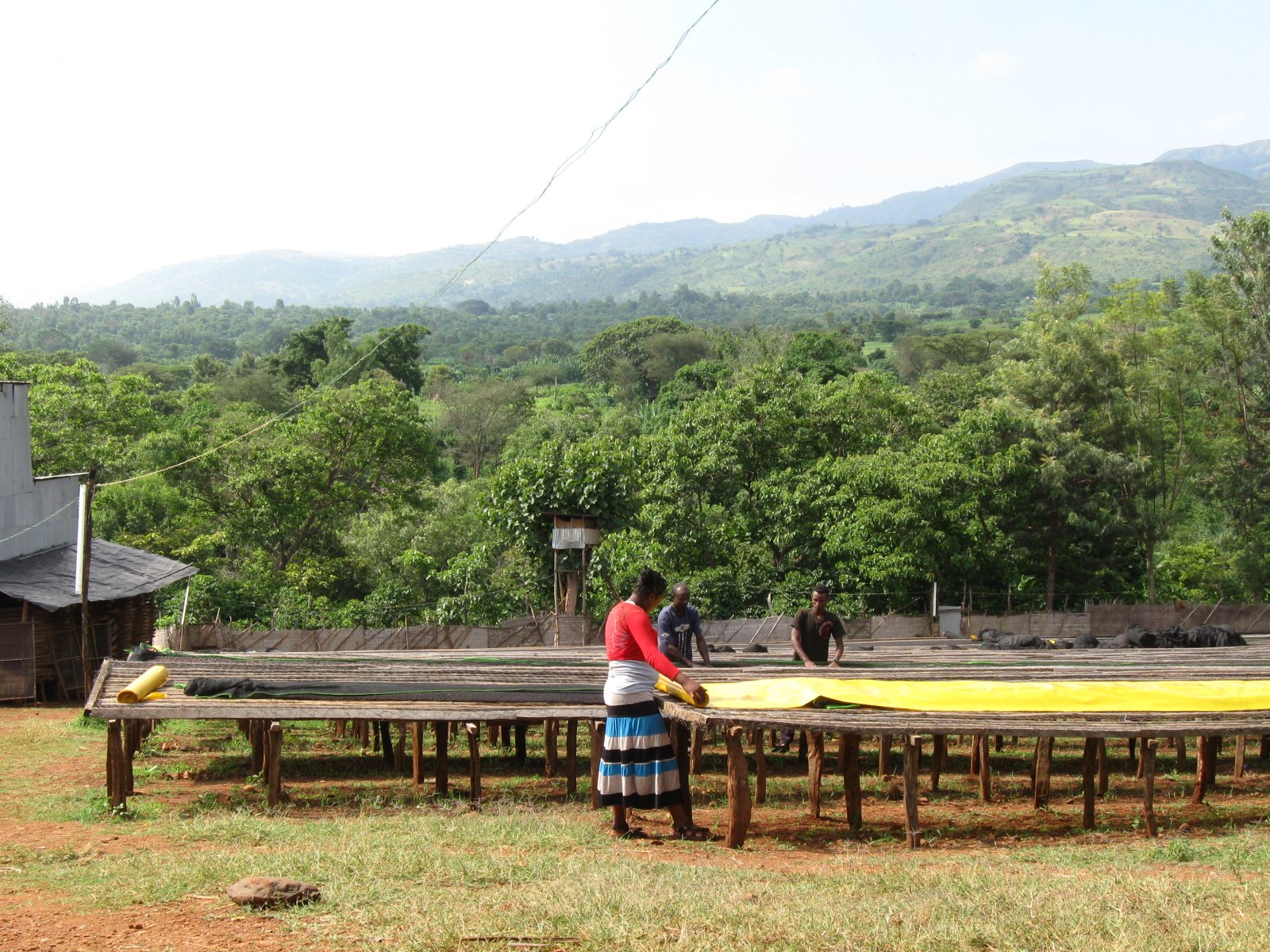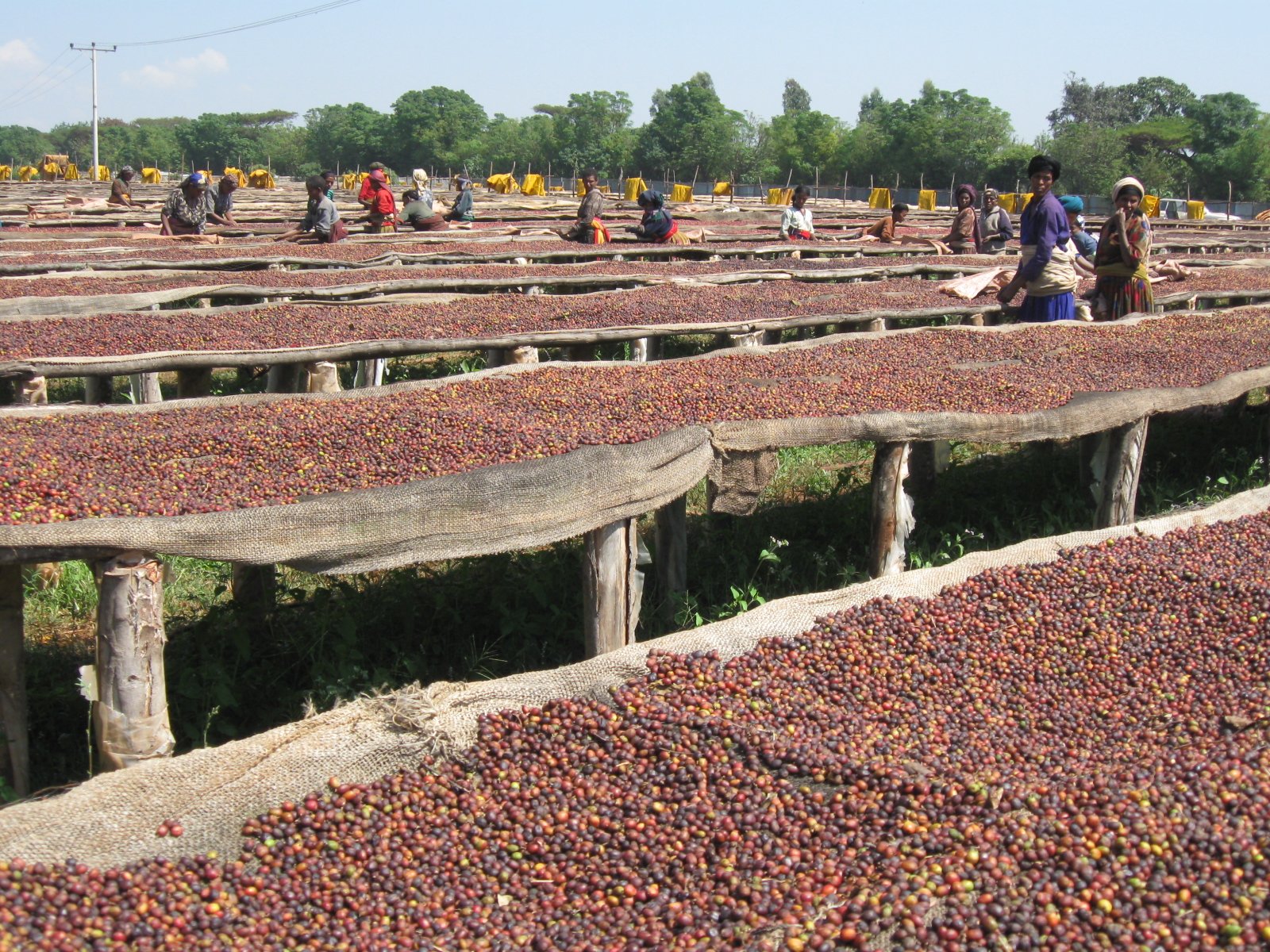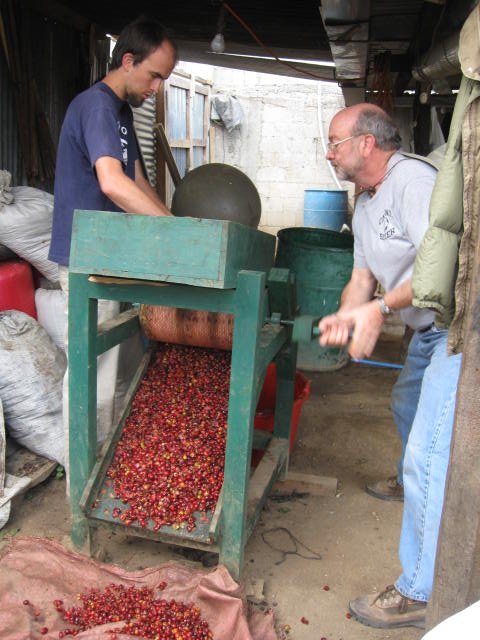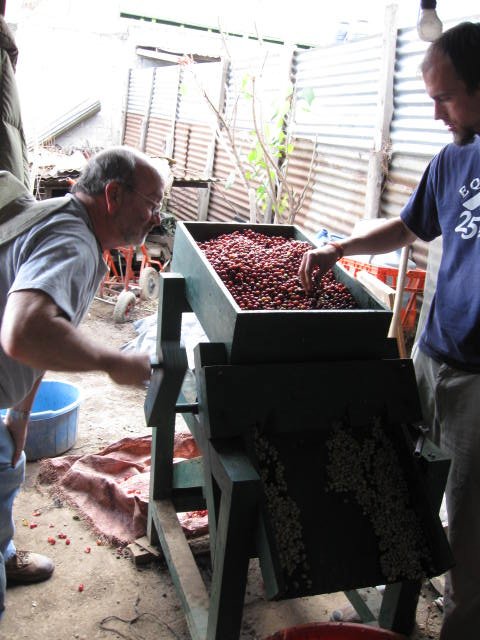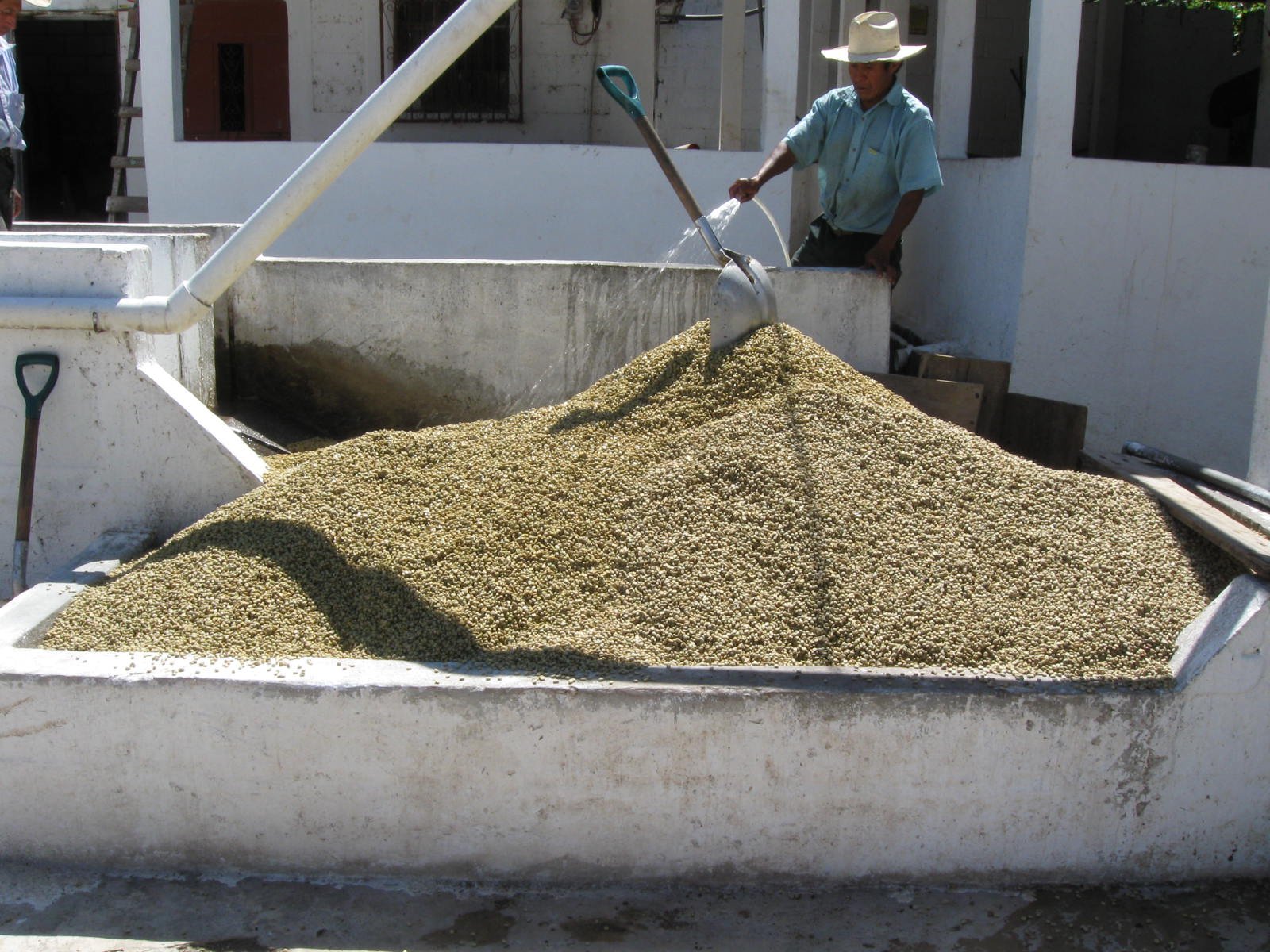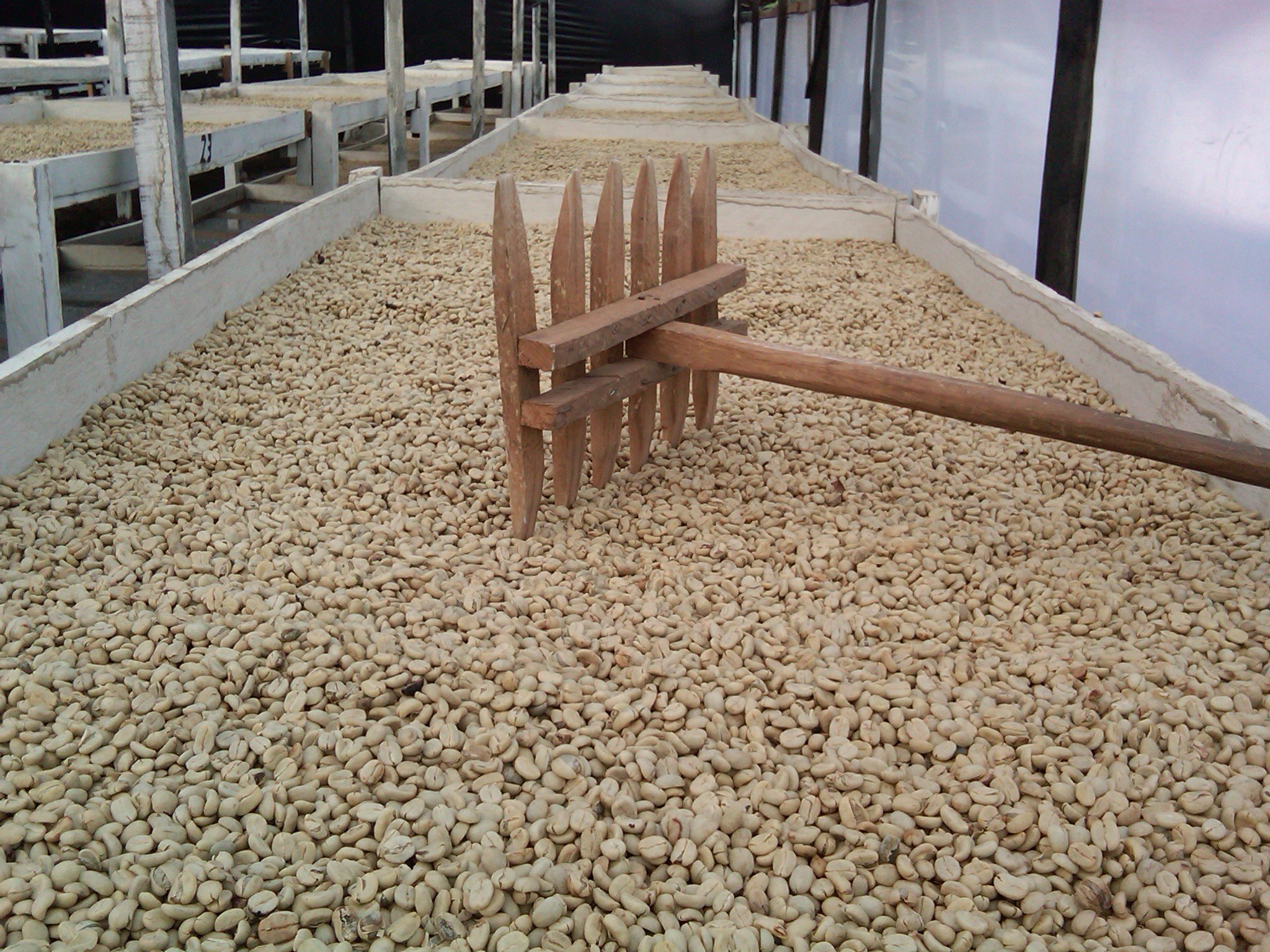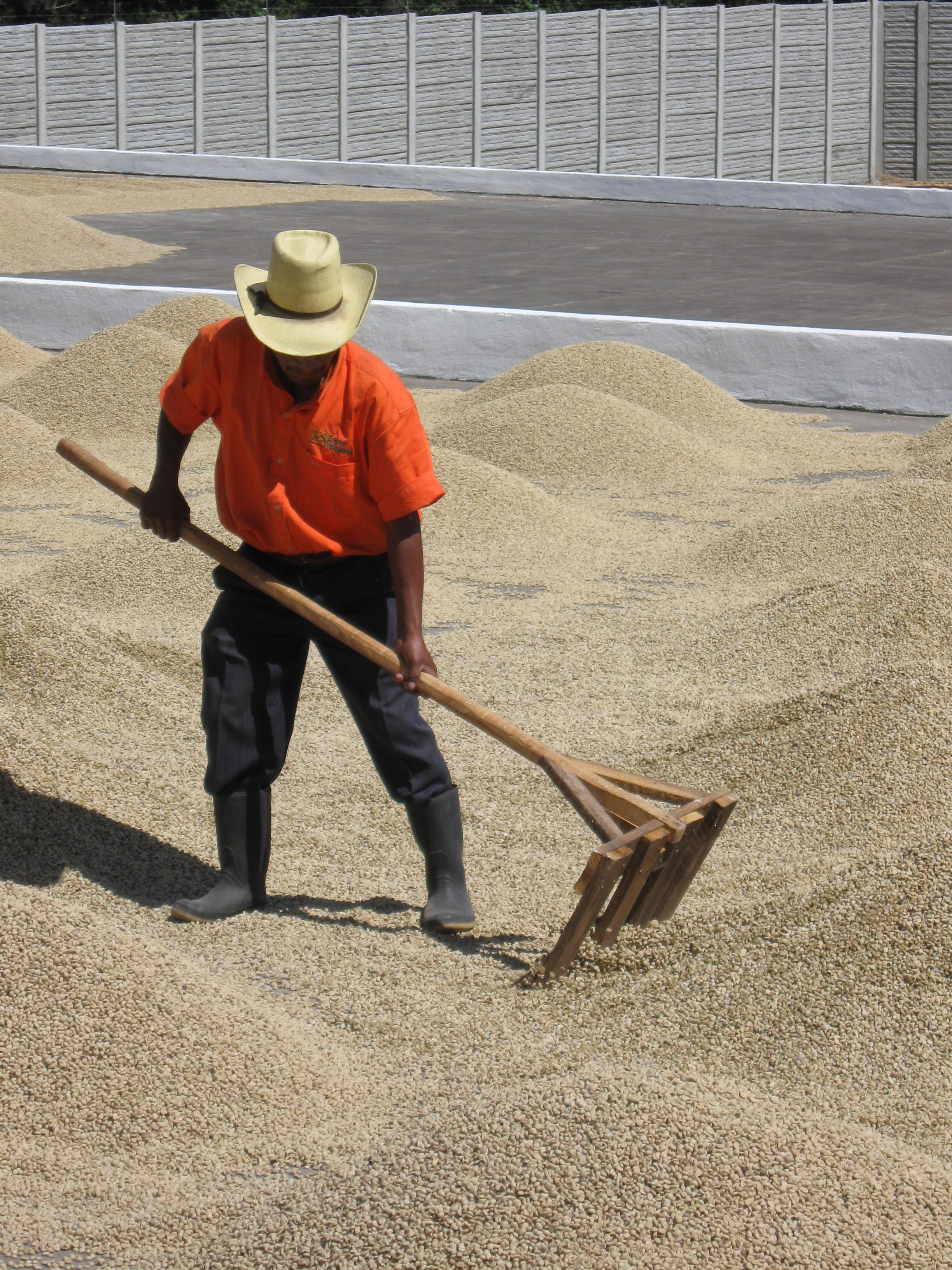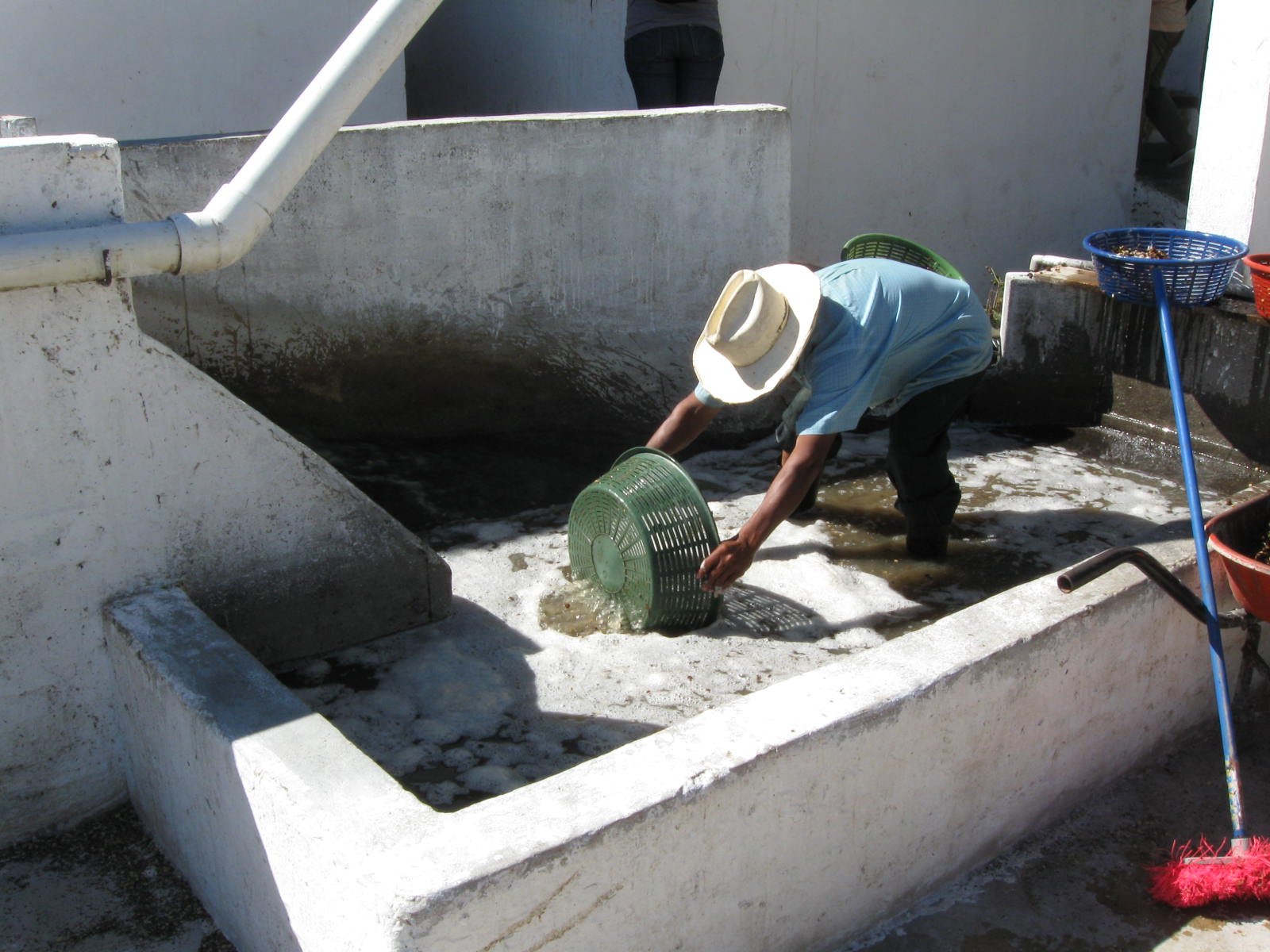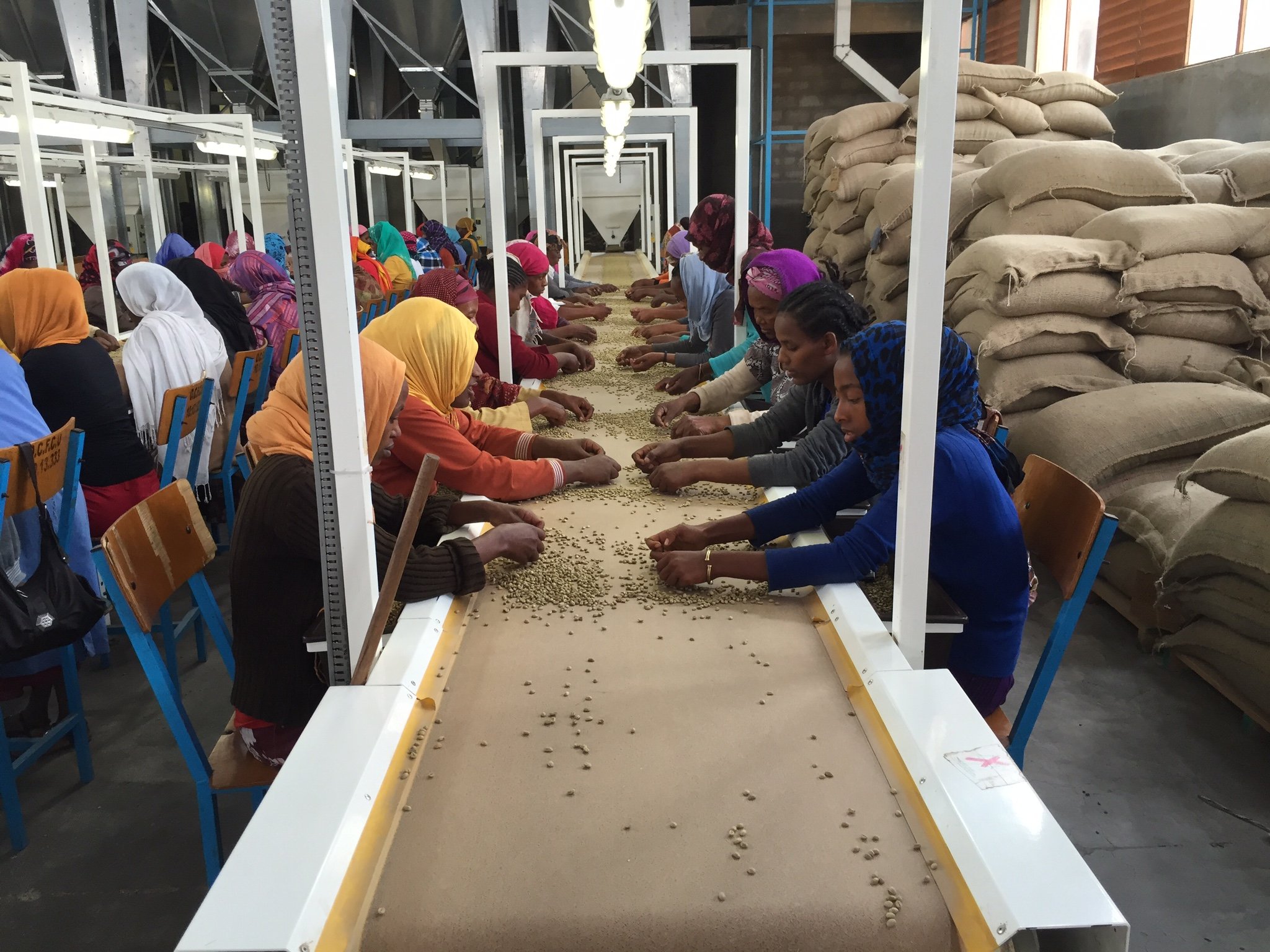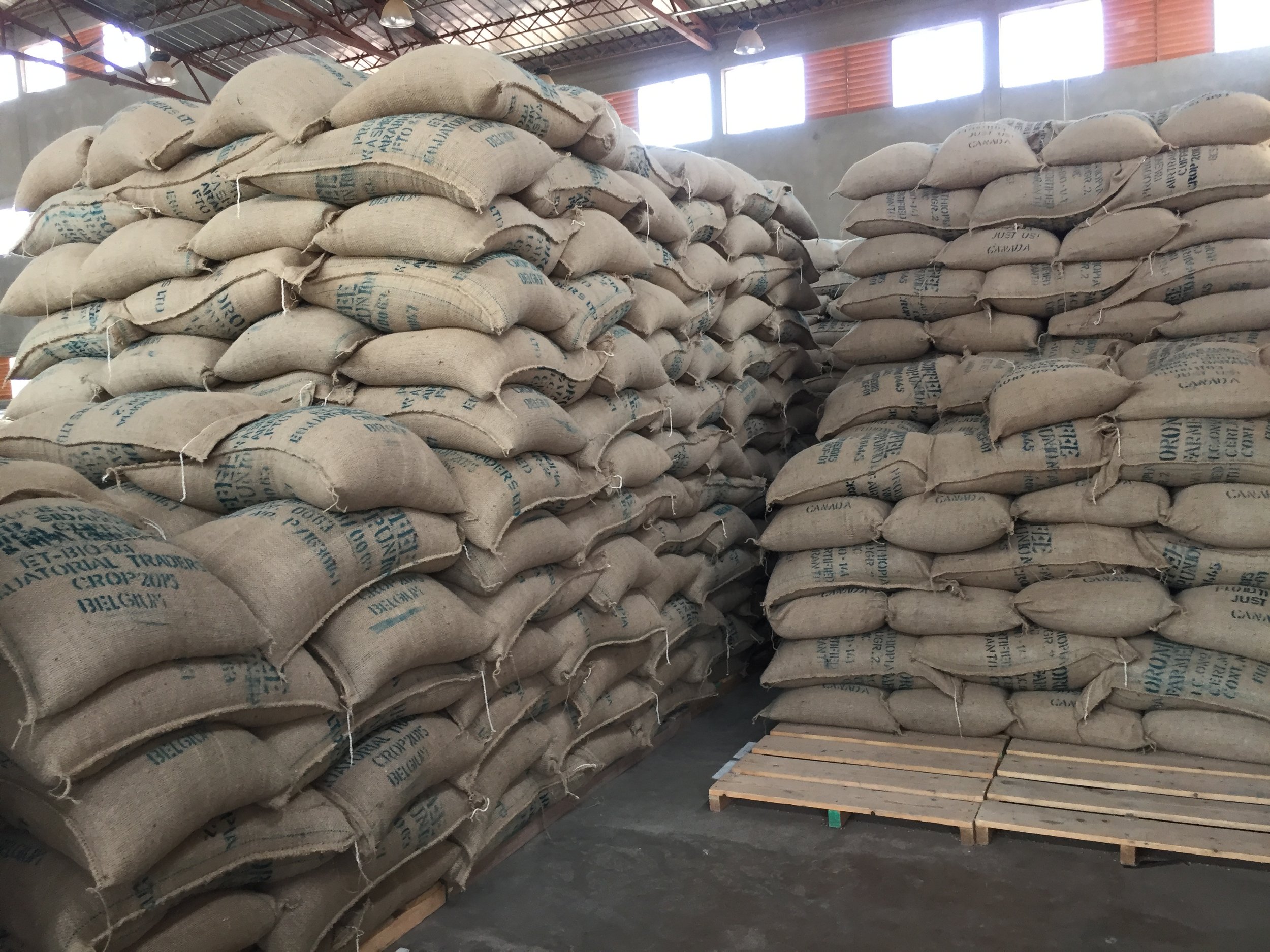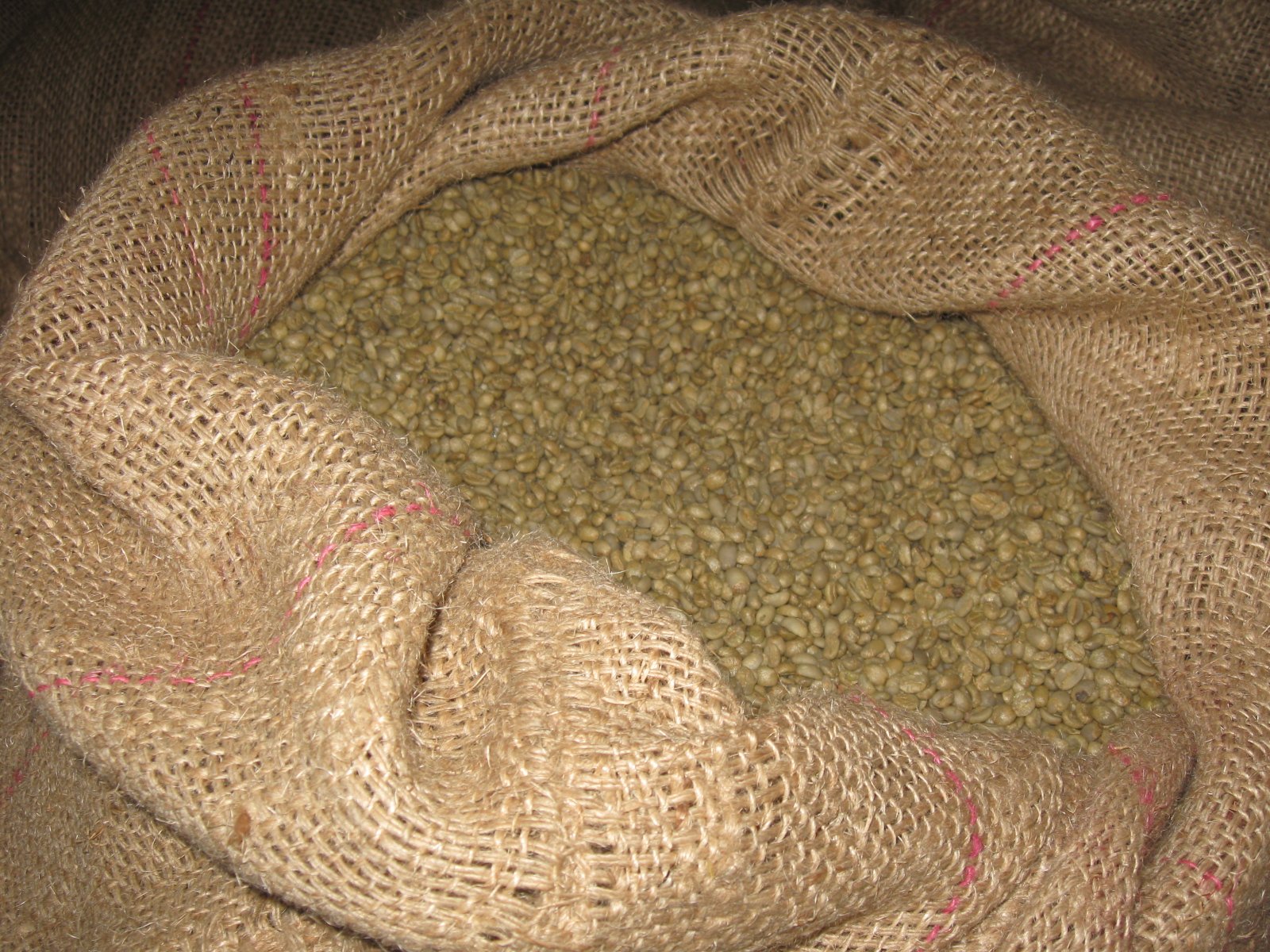How do you enjoy your favorite coffee beverage? Do you prefer brewing your coffee from home or savoring a cup brewed by your local barista? And consider your choices: Espresso, Cappucino, Latte, Americano, cold brew… or a traditionally brewed coffee. Those perfectly roasted little coffee beans offer a myriad of options for enjoyment. But have you considered the journey those beans took before being roasted to perfection, ground, and brewed into your preferred coffee drink? Let’s take a closer look at the origin of these magic beans.
“Cof·fee /ˈkôfē,ˈkäfē/ noun: beverage made by percolation, infusion, or decoction from the roasted and ground seeds of a coffee plant”
Coffee beans are actually seeds
the inner seed of a coffee tree’s berries (or cherries)
At Vienna Coffee Company (VCC), we operate with our vision to be a market leader in craft coffee throughout the southeast by providing an excellent coffee experience. We know that means honoring our commitment to responsible sourcing from “seed to cup” and offering quality roasted coffees to meet coffee enthusiasts’ wide range of brewing choices. Our choices begin halfway around the world in the coffee farms of “The Bean Belt”.
Coffee trees thrive on farms in over 50 countries within regions of high humidity around the globe inside the Equatorial zone known as “The Bean Belt” or “The Coffee Belt”.
Generally, a coffee tree takes three to four years to mature and bear fruits, and the majority of areas net only one harvest of berries annually. Depending on a farm’s altitude and conditions, farmers grow either Arabica or Robusta coffee trees. Arabica trees are more challenging to grow and prefer high and consistent air humidity common in higher altitude farms, and Robusta trees thrive in a climate typical of lower altitudes.
Coffee enthusiasts appreciate the Arabica bean for lending softer and sweeter notes with distinctive flavors, fine acidity, and pleasant aromas to their coffees. Their growing conditions create tasting tones of sugar, fruits, and berries. The heartier Robusta beans are known for stronger or harsher notes and include as much as twice the caffeine of the Arabica. The Robusta is easier to grow and produces more quickly. At VCC all of our coffees are 100% Specialty grade Arabica and sustainably sourced. We offer over 25 single-origin coffees, 10-plus varieties of blended coffees, and several organic/fair trade coffees in addition to a wide selection of flavored coffees.
Mature coffee berries are either hand-picked or mechanically harvested. The farm’s landscape, slope, coffee variety, labor cost, farm size, and type of distribution drive the method of harvesting. Mechanical harvesting is a significant investment in equipment and requires a relatively flat and extensive landscape. Farms meeting these criteria often overcome the high equipment cost by sharing equipment across several farms. Varieties that require selective harvesting and uneven farm landscapes necessitate hand-picking. Pickers rotate through fields every 8-10 days in order to pick each berry at its appropriate ripeness. A picker will harvest 100 – 200 pounds of coffee berries on an average day, which nets around 20-40 pounds of green coffee beans after processing. Following the harvest, coffee berry processing, drying, and milling are necessary before being ready for market.
The genetic coffee variety combined with a farm’s climate, soil, geographic origin, and cultivation practices receive recognition for the quality and flavors we enjoy with our chosen coffee. However, the correct processing of the coffee berry is needed to remove several fruit layers (skin, pulp, mucilage, and parchment) before drying to prepare the green coffee bean for market. The correct processing will enhance the acidity and body of the bean to ensure a superior green bean for roasting. Coffee berry processing uses either a “dry” method of spreading the berries out to dry in the sun or a “wet” method that allows the berries to ferment in water before removing the outer layers. Some methods leave trace amounts of mucilage on the beans, creating a coffee with unique sweet flavors after roasting.
Optimal drying after processing is imperative to preserve the quality of the coffee beans. The traditions and cultures of the growing regions and farms often dictate the drying method used. Beans are either dried mechanically within hours or allowed to dry in the sun, which takes days. The solar method can create some pre-germination in the coffee beans, which provides a more desirable taste for some.
“In fact, the amount of effort and attention that takes place in the growing regions is incredible! The picking, processing, sorting, and even storage each have profound impacts on the quality of the cup. If any step along the way is not done with care, you can taste the difference”
After the beans are processed and dried, milling removes any remaining parchment or husk from the green coffee beans with a hulling machine. Sometimes a final step of polishing the beans is included, which removes the last layer of silver skin before grading, sorting, and sizing the beans prior to readying the beans for distribution.
VCC sources these green coffee beans from regions across The Coffee Belt before bringing your Vienna Coffee favorites to you. Each bean varietal is roasted according to its characteristics to enhance its peak flavors. VCC goes further by evaluating each roast through coffee cuppings to evaluate and adjust roasting specifics after each harvest is received.
So, as you savor the next coffee beverage of choice, consider the journey of those humble coffee beans and the farmers working across the world bringing those flavors to your day.
Sources:
Durand, F. (2021, March 12). What’s the difference between arabica and robusta coffee beans? Here’s what you need to Know. TheKitchn.Com. Retrieved January 7, 2022, from https://www.thekitchn.com/coffee-basics-the-difference-b-41949
Folmer, B. (Ed.). (2017). The craft and science of coffee. Elsevier Science & Technology.
National Coffee Association USA. (n.d.-a). 10 steps from seed to cup. NCAUSA.Org. Retrieved December 16, 2021, from https://www.ncausa.org/about-coffee/10-steps-from-seed-to-cup
National Coffee Association USA. (n.d.-b). National coffee association USA > about coffee > coffee around the world. Ncausa.Org. Retrieved January 8, 2022, from https://www.ncausa.org/about-coffee/coffee-around-the-world
Petrak, L., (2021). Something’s Brewing. Progressive Grocer, 100(10), 93–96.




